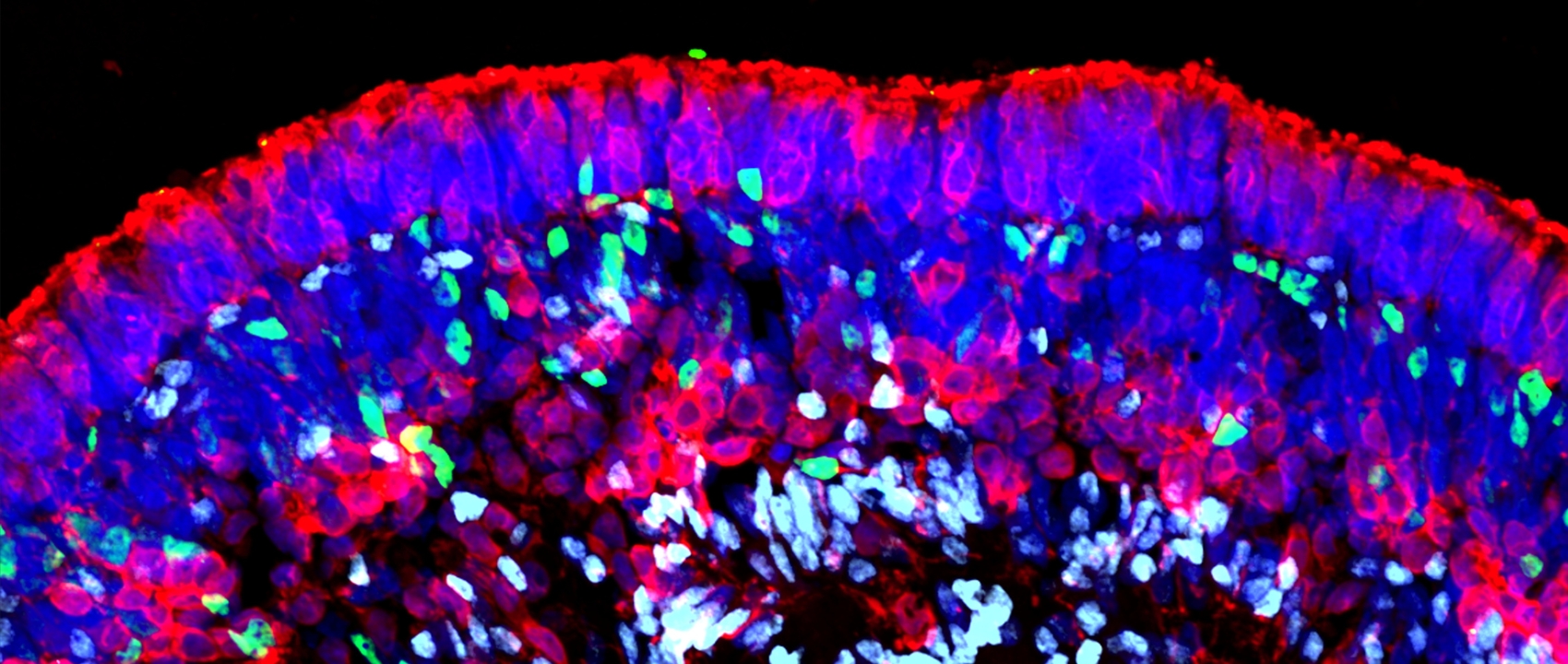Neuroscience and Music VII: Connecting with Music Across the Life Span

New in Annals
Date: 2024-12-10 ·
Overcoming the streetlight effect: Qualitative examination of community experts’ perceptions of foundations of learning and development (FOLD) skills
Contributors: Marilyn N. Ahun| Dana C. McCoy| Terri J. Sabol| Yuri Kim| Whitney Warren| Joshua Jeong|
Date: 2024-12-09 ·
New York State Climate Impacts Assessment Chapter 09: Transportation
Contributors: Amy Macdonald| Joan McDonald| Thomas Schmitt| Hua Cai| Jennifer Ceponis| Cheila Cullen| Projjal Dutta| Andrea Cristina Ruiz| Amanda Stevens|
Date: 2024-12-09 ·
New York State Climate Impacts Assessment Chapter 03: Agriculture
Contributors: Deborah Aller| Allison M. Chatrchyan| Alejandro Calixto| Jaime Cummings| Ariel Ortiz‐Bobea| Gregory Peck| Junior Schouten| Benjamin Weikert| Elizabeth Wolters| Amanda Stevens|
Date: 2024-12-09 ·
New York State Climate Impacts Assessment Chapter 06: Energy
Contributors: Sandra Meier| Peter J. Marcotullio| Peter Carney| Susanne DesRoches| Jeff Freedman| Maureen Golan| Justin Gundlach| Jordi Parisian| Peter Sheehan| William V. Slade| Lemir Teron| Ke Wei| Amanda Stevens|
Date: 2024-12-09 ·
New York State Climate Impacts Assessment Chapter 02: New York State's Changing Climate
Contributors: Christopher Lamie| Daniel Bader| Kathryn Graziano| Radley Horton| Kecil John| Natalie O'Hern| Sophia Spungin| Amanda Stevens|
Date: 2024-12-09 ·
New York State Climate Impacts Assessment Chapter 05: Ecosystems
Contributors: Sheila S. Hess| Douglas A. Burns| F. Garrett Boudinot| Carrie Brown‐Lima| Jason Corwin| John D. Foppert| George R. Robinson| Kevin C. Rose| Matthew D. Schlesinger| Rebecca L. Shuford| Drake Bradshaw| Amanda Stevens|
Date: 2024-12-09 ·
New York State Climate Impacts Assessment Chapter 10: Water Resources
Contributors: Kelsey Leonard| Stephen B. Shaw| Abraham Francis| David Hermann| Laureline Josset| Christine L. May| Benjamen Wright| Kiyoko Yokota| Amanda Stevens|
Date: 2024-12-09 ·
New York State Climate Impacts Assessment Chapter 07: Human Health and Safety
Contributors: Janice Barnes| Perry Sheffield| Nathan Graber| Sonal Jessel| Kevin Lanza| Vijay S. Limaye| Faustenia Morrow| Anjali Sauthoff| Michael Schmeltz| Shavonne Smith| Amanda Stevens|
Date: 2024-12-03 ·
Interplay of elasticity and flow velocity on gorgonian feeding and implications for bioinspired design
Contributors: Matea Santiago| Laura A. Miller|
Date: 2024-12-03 ·
Efficacy and safety of the glucagon receptor antagonist volagidemab in type‐1 diabetes: A systematic review and meta‐analysis
Contributors: Deep Dutta| A. B. M. Kamrul‐Hasan| Vineet Surana| Rajiv Singla| Deepak Khandelwal| Sameer Aggarwal| Lakshmi Nagendra| Saptarshi Bhattacharya|
Date: 2024-11-29 ·
Correction to “On the risk of abrupt changes in the North Atlantic subpolar gyre in CMIP6 models”
Contributors:
Date: 2024-11-25 ·
Beyond the mosaic model of brain evolution: Rearing environment defines local and global plasticity
Contributors: Magda L. Dumitru| Anders Martin Frugård Opdal|
Date: 2024-11-22 ·
The impact of retrotransposons on zygotic genome activation and the chromatin landscape of early embryos
Contributors: Therese Solberg| Mie Kobayashi‐Ishihara| Haruhiko Siomi|
Date: 2024-11-20 ·
Neuromorphic engineering: Artificial brains for artificial intelligence
Contributors: Johannes Leugering|
Date: 2024-11-20 ·
Protective effects of exercise on responses to combined social and environmental stress in prairie voles
Contributors: Dmitry S. Kovalev| Alex Amidei| Oreoluwa I. Akinbo‐Jacobs| Jessica Linley| Teva Crandall| Linnea Endsley| Angela J. Grippo|
Date: 2024-11-19 ·
Advanced framework for multilevel detection of digital video forgeries
Contributors: Upasana Singh| Sandeep Rathor| Manoj Kumar|
Date: 2024-11-16 ·
Effects of multidisciplinary therapy on energy balance, inflammation, and metabolic diseases in adolescents with obesity: A narrative review
Contributors: Ana Raimunda Dâmaso| Deborah Cristina Landi Masquio| Raquel Munhoz da Silveira Campos| Flávia Campos Corgosinho| Cintia Cercato|
Date: 2024-11-16 ·
Morphologic transformation of ferrofluid during micropump driving under field control
Contributors: Wangxu Li| Zhenggui Li| Wei Han| Ye Wang| Jiali Zhao| Juping Zhou|
Date: 2024-11-13 ·
Issue: 2024 · Volume: 1541
The economics of translating a biosimilar from lab to market in India
Contributors: Sonia Gandhi| Dhananjay Patankar| Smita Kashiramka| Anurag S. Rathore|
Your Member Benefit
Become a member today to get free access to all Annals content including the archive.
Annals access is just one of the many benefits of Academy membership.
Latest Virtual Issues
Continuing a long-running collaboration between Ann NY Acad Sci and the community of scientists in the cross-domain fields of neuroscience…
STEMM Excellence
This collection of papers addresses talent and education in science, technology, engineering, mathematics, and medicine (STEMM). Experimental and review papers…
The Sciences
Articles, news, and commentary on scientific developments of social and cultural interest. “A continuing feast for the mind and the…
Cooley’s Anemia
The papers in this virtual issue were invited from speakers of the Eleventh Cooley’s Anemia Symposium, held at The New…
Biology of Social Behavior
This collection of papers explores the biological underpinnings of social behavior through a series of experiments, reviews, and perspectives. These…
From the Blog
A Case for Going to Bat for the Bats
New research shows that action is necessary to protect the wellbeing of these winged mammals in North America.
Singing Lemurs Strike a Chord with Scientists
New research shows these peculiar primates may have played an evolutionary role in humans' ability to sing.
The Academy’s Role in Asbestos Abatement
Experts with the Academy have voiced concern about this dangerous carcinogen for more than half a century.
Prehistoric Sloth-Like Creatures May Have Roamed the US
Massive sloth-like creatures may have been roaming the land that we now call the United States.
So, You Want to Publish a Scientific Paper?
Learning how to craft a scientific paper so that it is accepted for publication takes practice.
